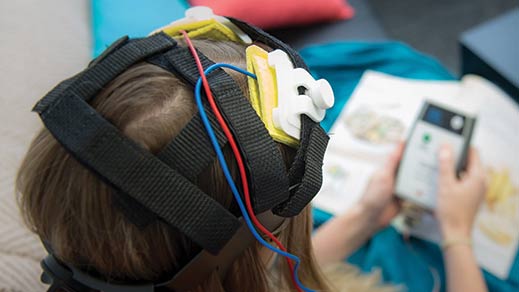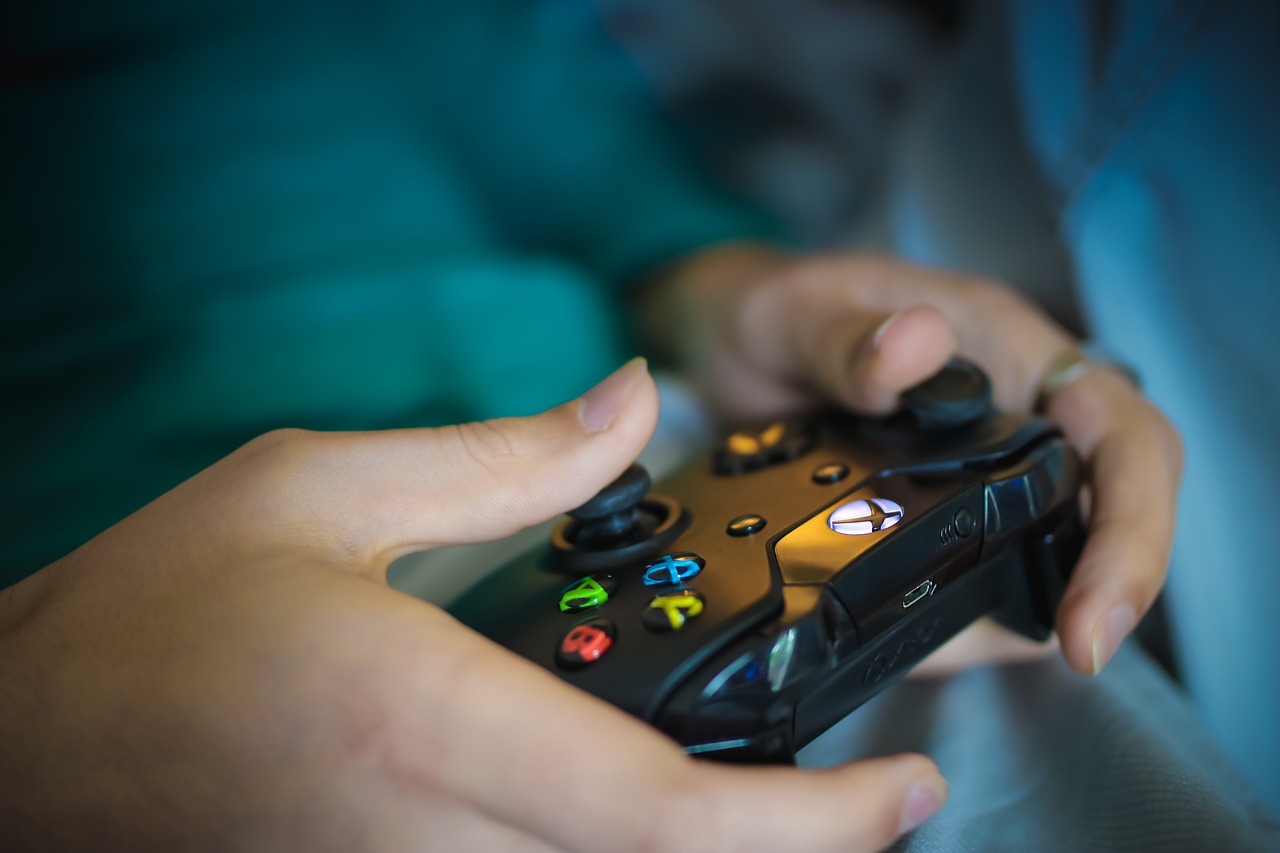DIY electrical brain stimulation
Transcranial direct current stimulation (tDCS) is a non-invasive, painless and relatively simple form of mild brain stimulation. It uses constant low-level current (up to 2 mA or milliamperes) administered via electrodes attached to the scalp to try and stimulate targeted regions of the brain.

The low cost, accessibility and relatively simple nature of tDCS machines has spurned a bourgeoning DIY community of advocates who purchase machines online for use at home. Users might include university students wanting help to study, and gamers wanting to improve their skill levels. Other users might even include people trying to treat their own brain disorders without medical supervision.
Devices range in price from $15 to more than $500 or, if you want to save a buck, you can make your own kit at home using items such as teaspoons and batteries (now that doesn’t sound risky at all!). The reasons people are using tDCS at home are varied. It’s possible some have read the positive results of a few lab studies and believe they can replicate those results at home. Others may believe the slick marketing of websites that claim tDCS can work miracles on myriad problems. And then, perhaps, some people are just curious.
But should we really be trying to stimulate our brains at home without the supervision of experts?

Almost unanimously, those in the professional field say ‘no’. When conducted by researchers in a controlled lab setting, with high quality, tested equipment and strictly enforced rules surrounding use, tDCS is considered to be safe and low risk. However, outside of this scenario, for example, when you attempt to DIY at home, a range of safety issues emerge. These include, but are not limited to:
- devices delivering the incorrect current or being faulty
- burns on the skin from electrodes
- attaching electrodes to the wrong parts of the skull and therefore stimulating the wrong parts of the brain
- ignoring the recommended daily usage limits of 15–20 minutes
- long-term use over months or years with unknown effects on the brain.
In an open letter to those using DIY brain stimulation, leading academics cautioned ‘there is much about non-invasive brain stimulation in general, and tDCS in particular, that remains unknown’ and that a range of problematic issues, which may not be immediately evident to the home user, need to be considered. These include:
- that enhancement of some cognitive abilities may come at the cost of others
- changes in brain activity may last longer than you think (or want)
- stimulation affects more of the brain than you think (or want) with potentially unpredictable consequences
- a small difference in tDCS parameters, such as current, duration and placement of electrodes, can have a big effect
- tDCS effects are highly variable across different people and depend on a range of factors such as age, gender, hormone level and medications
- the risks and benefits are different when used to treat a disease vs trying to purely enhance cognition in healthy subjects.
And that’s the key thing here—researchers do not know exactly how or why the use of tDCS may affect you. Even if you do stick exactly to the stated current and only wear the device for short periods, factors such as how much hair you have, how sweaty you are or your hormone levels that day can change the way the brain reacts to the machine. Certain groups of people are also considered higher risk, including the elderly, young children, those with mood disorders, epilepsy or implants, or those recovering from stroke.
When you consider just how complex your brain is, how little we actually know about how all its interconnections work, and how irreplaceable it is (heart transplant—maybe, brain transplant—nope), you have to ask yourself if DIY tDCS is worth the risk? For your DIY project, maybe tackle the tiling instead.





